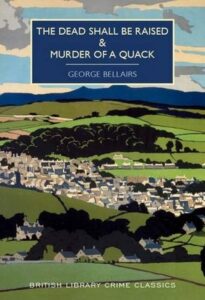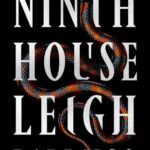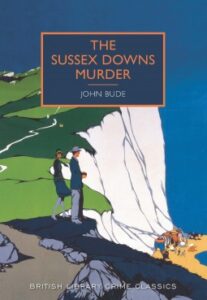 The Murder of a Quack, George Bellairs
The Murder of a Quack, George Bellairs
The Murder of a Quack is another murder mystery in much the same vein as Bellairs’ others: for all that Inspector Littlejohn is chasing murderers, there’s something gentle about the whole thing. I suppose it’s the tenderness and affection with which Bellairs draws some of the characters, even as he makes them funny. The feud between the two oldest men in the village, the village bobby and his squeaky shoes, the foibles of the postmistress and her love of France and all things French… There are some more ugly characters, of course, but even those show glimmers of humanity.
In this particular instalment, Scotland Yard in the shape of Inspector Littlejohn is called in to investigate the death of a local bonesetter, highly respected by most of his community, though hated by the local properly qualified doctor for being trusted and preferred when it comes to minor ailments by most of the villagers. Though he’s a “quack”, that mostly refers to his lack of official qualifications: the story makes it very clear he was an experienced and careful healer, and worthy of trust. Littlejohn has to really poke around to get hold of the murderer in this case, but once he finds the right thread and gives it a good pull, his conscientious work pays off, as always.
Littlejohn isn’t a flashy detective, but that makes him the more enjoyable in a quiet, methodical way. Bellairs’ books lack the drama of some of the other Golden Age writers, but I think more highly of his warmth and ability to draw characters with each book. And this one even made me laugh a few times!






